Corrosion is common in all kinds of materials that human beings live and use, and the failure of materials caused by corrosion brings great losses to human society every year.
Because the service environment is complex and changeable, and different materials cooperate with each other, aviation materials suffer from different kinds of corrosion in the empty stage and parking stage of the aircraft, which increases the operating cost of the aircraft and causes serious harm to the functional integrity and safety of the aircraft. The direct repair cost caused by corrosion of each aircraft of the British and American Air Forces is between $11,000 and $55,000 per year.
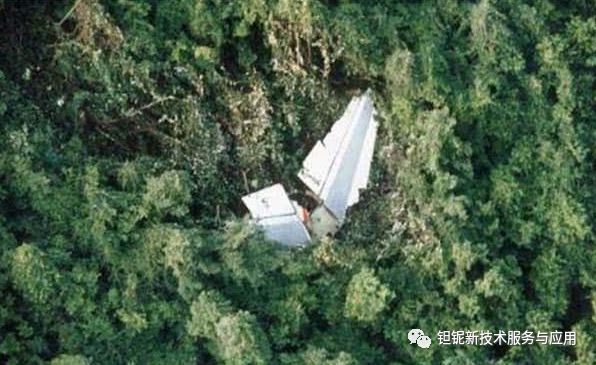
On August 12th, 1985, a Japanese B747 passenger plane crashed due to stress corrosion fracture, killing more than 500 people. Therefore, the research on corrosion protection technology of aviation materials plays an important role in the development of aviation industry.
Corrosion types of aviation materials
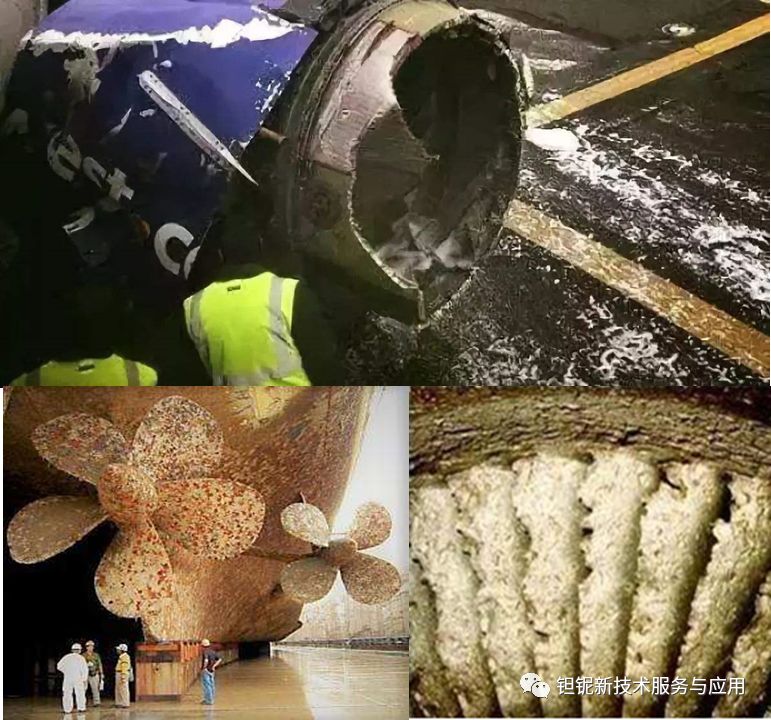
Aircraft contains a variety of different aviation materials. The types of these materials are different and the working environment is different, which leads to the diversity of corrosion of aviation materials.
According to the types of corrosion, it can be divided into:
1. Electrochemical corrosion of environmental effects
Gases such as CO2 and SO2 in the air are adsorbed on the wet surface of aviation materials such as aluminum alloy and ionized to generate electrolyte solution, which provides necessary conditions for oxygen absorption corrosion of metal materials.
2. Stress corrosion of main load-bearing structures of aircraft.
Stress corrosion mostly occurs in the established structure of aircraft structure, and the stress caused by corrosion is much lower than the yield strength of the material, and there is no plastic deformation, which makes it more difficult to be detected and the consequences are more disastrous. In addition, hydrogen embrittlement can reduce the threshold of stress corrosion.
3. High temperature corrosion of engine in high temperature environment
Aircraft engine components need to work in a very harsh environment and are vulnerable to high temperature oxidation corrosion and thermal corrosion. Therefore, it has become one of the key technologies in aircraft research and development to improve the high-temperature performance of components and make them work at higher temperatures.
Tantalum metal properties
Tantalum is a refractory metal with a melting point of 2996℃, good ablation resistance and high wear resistance. Tantalum metal has moderate hardness and ductility, and can be drawn into thin foil in filament form. Its thermal expansion coefficient is very small. Tantalum has excellent chemical properties and extremely high corrosion resistance. No matter under cold or hot conditions, it does not react to hydrochloric acid, concentrated nitric acid and aqua regia.
These excellent properties of tantalum are very suitable for applications in environments with demanding materials, and the aviation field is one of them.
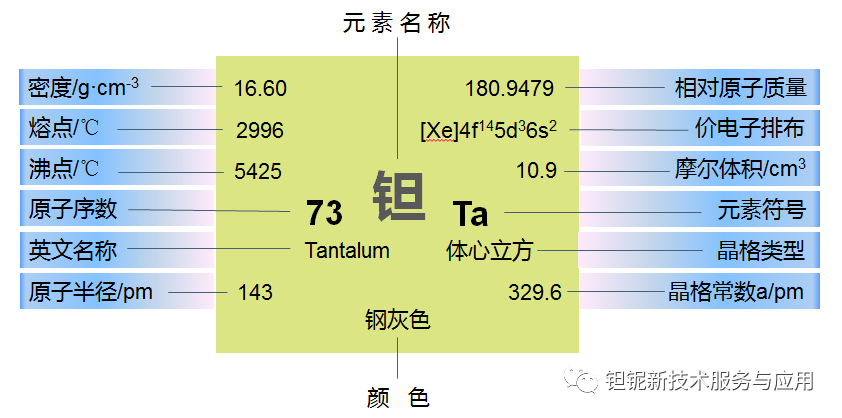
Advantages of tantalum plating material
Traditional austenitic stainless steel can't resist stress corrosion and chloride corrosion, especially sulfide cracks. Thus limiting the application of connectors in many environments. In order to solve this problem, it is urgent to find corrosion-resistant materials.
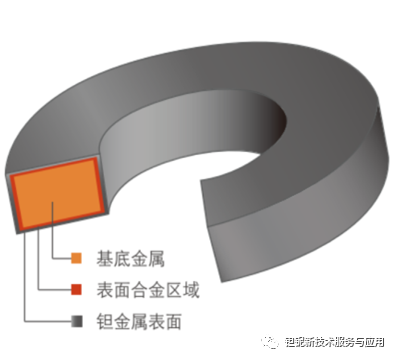
Tantalum is recognized as the most corrosion-resistant metal.
Low temperature chemical vapor deposition (CVD)
The prepared surface alloy
Possess the physical properties of tantalum metal
Can effectively improve that mechanical property of the matrix.
Have excellent deformation and bending ability.
Unparalleled corrosion resistance, high temperature resistance and high pressure performance.
It is the best choice under bad working conditions.
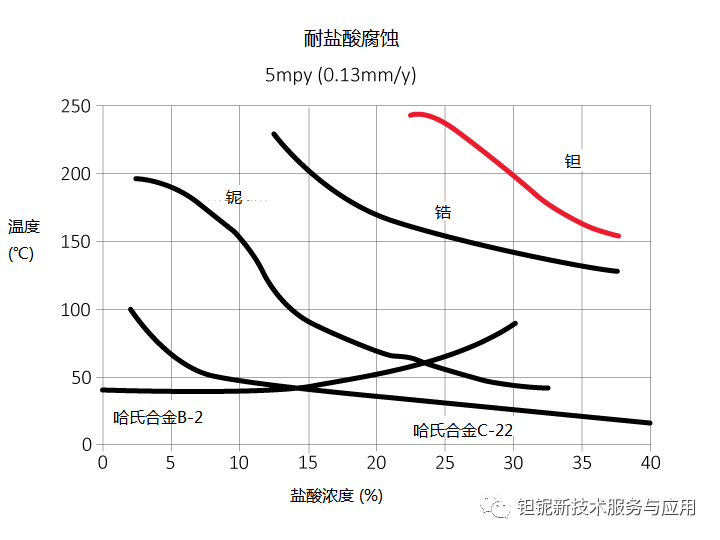
Corrosive performance
l It is chemically resistant to SCC and pitting corrosion in many corrosive media and environments.
l Tantalum layer remains passive and inert to corrosion at high temperature (> 200°C) under acidic conditions (including concentrated HCl and H2SO4).
l Excellent corrosion resistance to humid and dry chlorine atmosphere and other chlorinated environments.